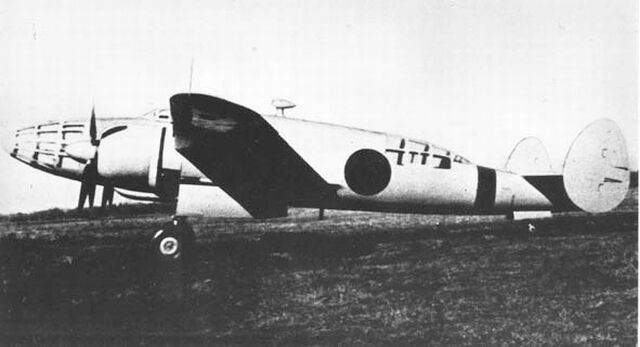Top speed 580 km/h Length 14 m | Wingspan 18 m First flight 1943 | |
 | ||
The Tachikawa Ki-70 "Clara" was a high speed photo reconnaissance aircraft that was tested for the Japanese Air Force in prototype form but never entered production. The Ki-70 was the intended successor to the Mitsubishi Ki-46 but was difficult to handle and was slower than the Mitsubishi Ki-46. The Ki-70 was first flown in 1943 but was found unfavorable and the program was terminated. Three were built.
Contents
History
In later years the Ki-70 was used to disprove supposed photographic evidence concerning Amelia Earhart's supposed capture by the Japanese before World War II.
Description
Using the familiar layout of aircraft such as the Mitsubishi G3M bomber and its planned predecessor the Mitsubishi Ki-46, the Ki-70 had a twin tailed with a narrow fuselage. The aircraft had an extensively glazed nose and second cockpit facing aft for the gunner.
Specifications (Ha-104M engine)
(Performance estimated except where indicated)
Data from Japanese Aircraft of the Pacific War
General characteristics
Performance
Armament
